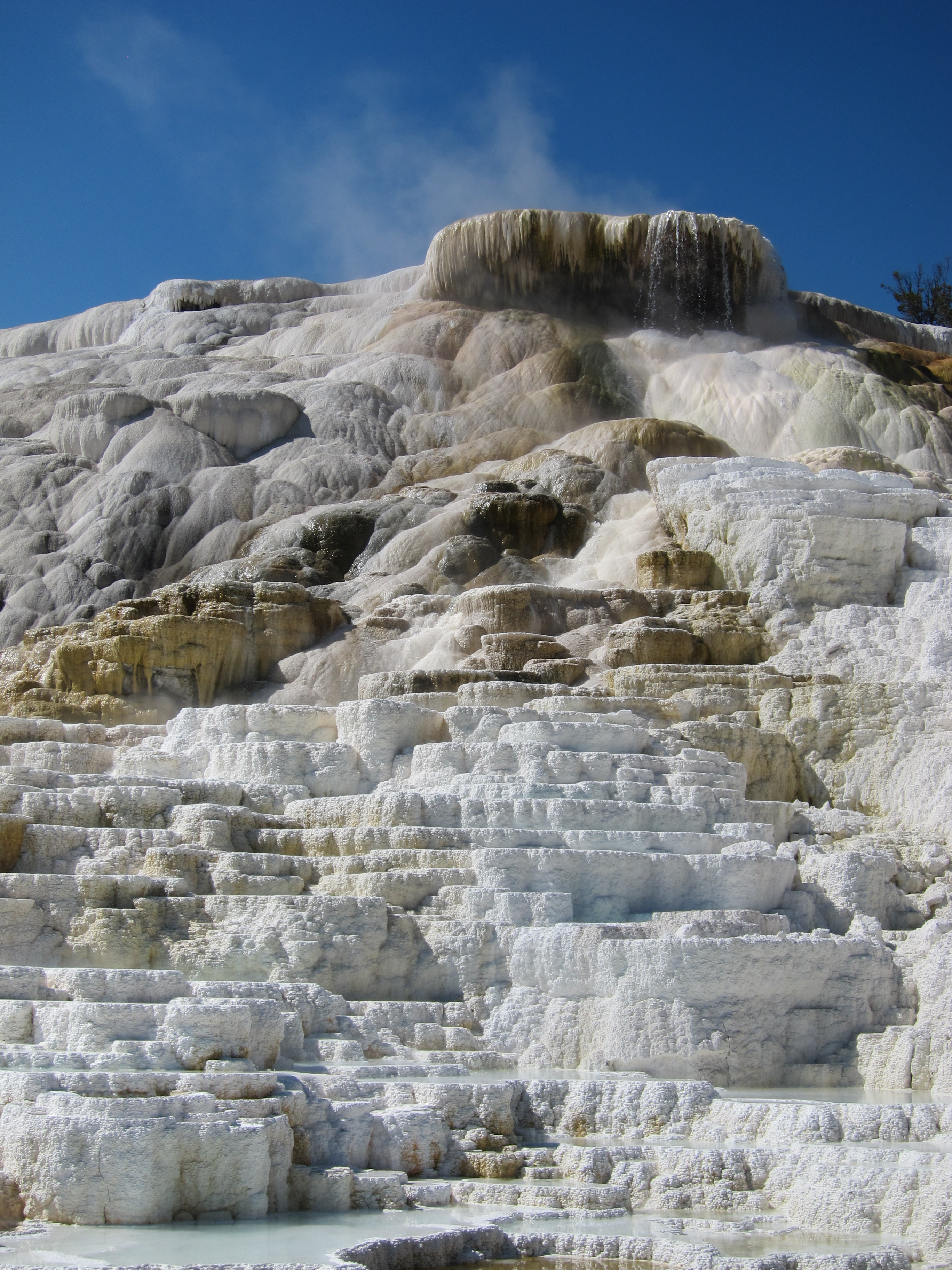

All that heat and pressure had decreased by 2021, per the authors, so Doublet Pool's interval of silence started to return to its normal 30-minute span.Īs for the daily and hourly variations, the authors suggest there could be a correlation with wind speed. It just so happens that on September 15, 2018, nearby Ear Spring erupted for the first time since 1957, and afterward, Doublet Pool's water boiled. For instance, the interval was around 30 minutes in November 2016 but just 13 minutes in September 2018, increasing to about 20 minutes by November 2021. found that the silence intervals varied not just year by year but hour by hour or day by day. They also collected temperature data in November 2021 and pressure data to monitor changes in water levels for four days in April 2022. From the fall of 2015 through November 2021, they ran several sampling experiments with geophones set up near Doublet Pool. They specifically wanted to explore what controls the variations that occur during geyser eruption or hot spring thumping cycles, so they decided to focus on measuring the intervals of silence between thumps. Advertisementīy studying Doublet Pool, Lin and his co-authors hoped to learn more about the dynamic hydrothermal processes of Yellowstone. However, some hot springs, like Doublet Pool and Iodine Pool in New Zealand, have those mysterious periodic thumps that resemble a geyser's periodic eruption pattern: when bubbles of heated water vapor reach the cool upper parts of the conduit, they collapse suddenly with a thump. Superheated water cools as it reaches the surface, sinks, and is replaced by hotter water from below, so the water never reaches the required temperature needed to set off an eruption. And then the cycle starts all over again.īy contrast, most hot springs maintain a fairly stable hydrodynamic balance. The pressure drops sharply and the water boils, producing large amounts of steam that force a jet of hot water out of the vent in one of those crowd-pleasing eruptions. Eventually the bubbles reach a critical threshold and the geyser starts to overflow. But as the hot water rises, the pressure decreases and bubbles of steam form, expanding until they are too big to pass through the geyser's narrow conduit near the surface. In the case of geysers, high pressures keep the deep water from boiling over. The system boasts some 10,000 geothermal features, including steam vents (fumaroles), mud pots, and travertine terraces (chalky white rock), as well as geysers and hot springs. Yellowstone's elaborate hydrothermal system is the result of shallow groundwater interacting with heat from a hot magma chamber. In fact, I don’t think many people actually realize the thumping interval varies. “But there was not much previous knowledge on what controls the variation. “We knew Doublet Pool thumps every 20-30 minutes,” said co-author Fan-Chi Lin, a geophysicist at the University of Utah. Among other findings, they discovered that the intervals of silence between thumps correlate with how much heat is flowing into the pool, according to a new paper published in the journal Geophysical Research Letters. Researchers at the University of Utah have measured those thumping cycles with seismometers to learn more about how they change over time. The pool "thumps" every 20-30 minutes, causing the water to vibrate and the ground to shake.

But it's also home to many other geothermal features like Doublet Pool, a pair of hot springs connected by a small neck with the geothermic equivalent of a pulse. Yellowstone National Park is most famous for Old Faithful, a geyser with fairly predictable periodic eruptions that delight visiting tourists. The vibrating water surface of Doublet Pool in Yellowstone National Park.


 0 kommentar(er)
0 kommentar(er)
